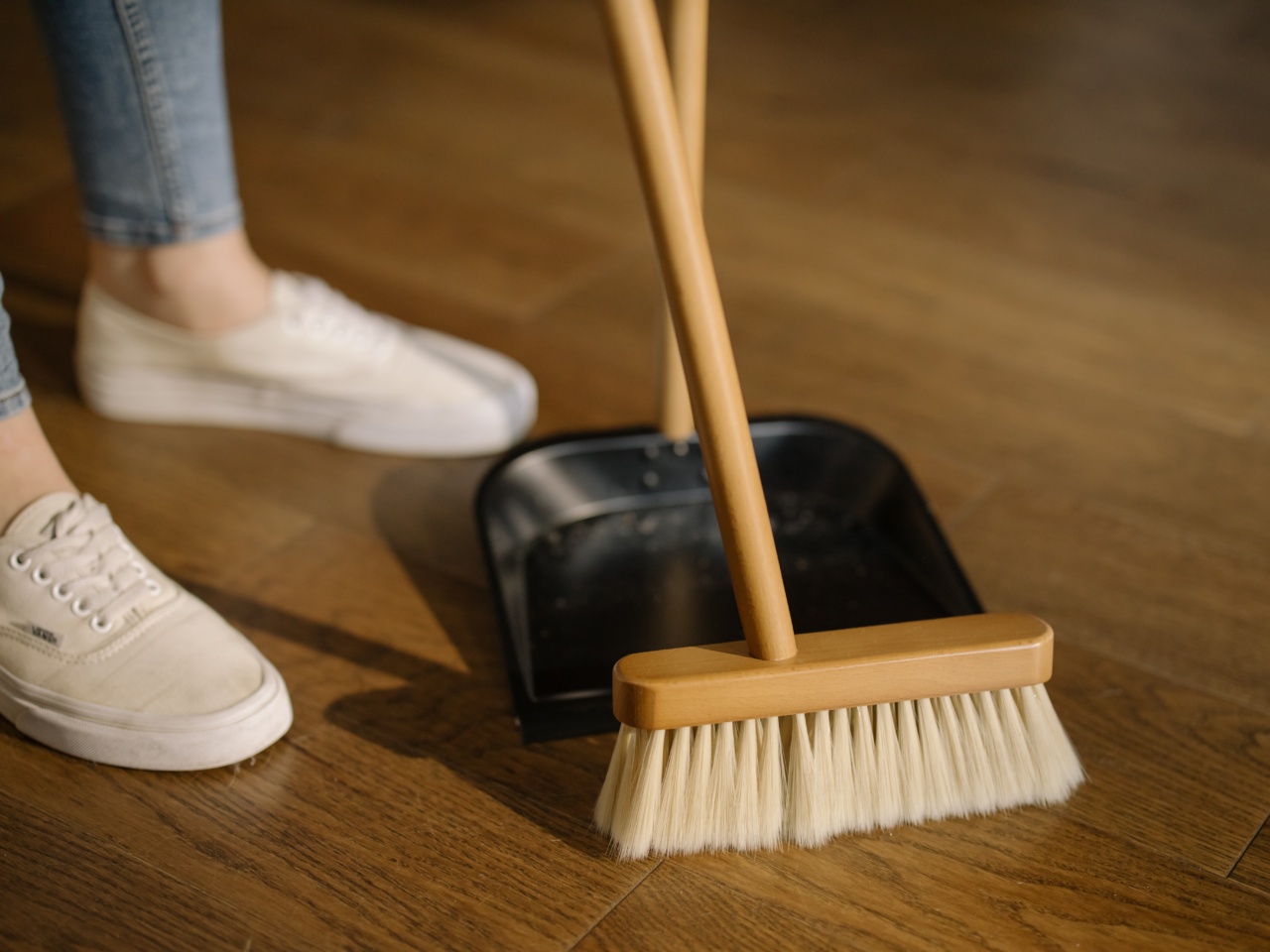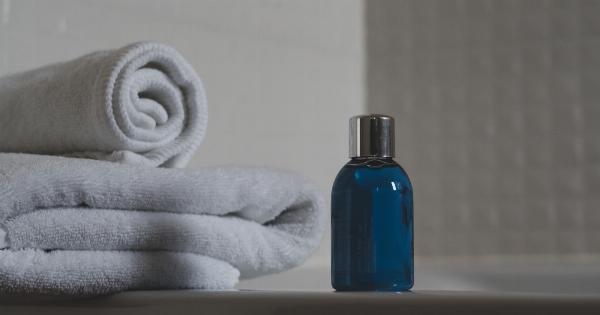Hyperhidrosis is a condition characterized by excessive sweating.
Unlike normal sweating that occurs in response to heat or physical exertion, hyperhidrosis involves overactive sweat glands that produce more sweat than is necessary to control body temperature. This condition can be distressing and can significantly impact a person’s daily life and self-esteem. Areas commonly affected by hyperhidrosis include the palms of the hands, soles of the feet, underarms, and face.
The Impact of Hyperhidrosis on Personal Hygiene
Hyperhidrosis poses unique challenges when it comes to personal hygiene. The excess sweat can leave individuals feeling constantly damp and uncomfortable, which can lead to bacterial or fungal infections if proper hygiene measures are not taken.
Additionally, the excessive sweating can result in body odor, which can further contribute to self-consciousness and social anxiety.
Choosing the Right Antiperspirant
One of the first lines of defense in managing hyperhidrosis is the use of antiperspirants. Antiperspirants are different from regular deodorants as they contain aluminum salts that block the sweat glands, thereby reducing sweat production.
When selecting an antiperspirant, it is important to look for products specifically formulated for hyperhidrosis. These antiperspirants often contain higher concentrations of aluminum salts, providing more effective sweat control.
It is also advisable to opt for antiperspirants that are fragrance-free as some individuals with hyperhidrosis may be more prone to skin irritation or allergic reactions.
Applying antiperspirants at night before bed can also enhance their effectiveness as sweat production tends to be lower during sleep. However, it is important to follow the instructions on the product packaging and not exceed the recommended usage.
Daily Showering and Cleansing
Regular showering is essential for individuals with hyperhidrosis to keep their skin clean and prevent bacterial or fungal growth.
Using a mild, pH-neutral soap or cleanser is recommended as it helps maintain the natural balance of the skin without drying it out excessively. It is important to pay special attention to the areas prone to excessive sweating, such as the underarms and feet.
For individuals with hyperhidrosis on their feet, it can be helpful to soak them in warm water containing a few tablespoons of Epsom salt. This can help reduce sweating and eliminate foot odor.
It is also advisable to dry the feet thoroughly, especially between the toes, to prevent the growth of fungi.
Choosing the Right Clothing
The choice of clothing can make a significant difference in managing hyperhidrosis. Opting for natural fabrics like cotton or linen can help absorb moisture and allow the skin to breathe.
Synthetic fabrics like polyester or nylon tend to trap moisture and can exacerbate sweating. Wearing loose-fitting clothing can also promote better airflow and minimize discomfort caused by excessive sweating.
Foot Care for Hyperhidrosis
Individuals with hyperhidrosis of the feet should pay extra attention to foot care to prevent issues like athlete’s foot or foot odor. Here are a few tips:.
1. Wear moisture-wicking socks:
Moisture-wicking socks help draw moisture away from the skin, keeping the feet drier and reducing the risk of infections.
2. Use foot powders or antifungal sprays:
These products can help absorb excess moisture, control odor, and prevent fungal growth.
3. Rotate shoes:
Allowing shoes to fully dry and air out between uses can help prevent the buildup of moisture and odors.
4. Consider shoe inserts:
Specialized insoles or inserts with antimicrobial properties can help reduce foot odor and control perspiration.
5. Practice good nail hygiene:
Trimming nails regularly and keeping them clean can help prevent fungal infections that often thrive in moist environments.
Lifestyle Changes to Manage Hyperhidrosis
In addition to the aforementioned measures, certain lifestyle changes can help individuals cope with hyperhidrosis:.
1. Stress management:
Stress can worsen hyperhidrosis symptoms, so it is important to practice stress-reduction techniques such as mindfulness, deep breathing exercises, or engaging in activities that help relax the mind and body.
2. Diet modifications:
Some foods and beverages, such as spicy foods, caffeine, and alcohol, can trigger excessive sweating. Reducing their consumption may help manage symptoms.
3. Avoiding triggers:
Identifying and avoiding factors that worsen sweating, such as certain fabrics, crowded or hot environments, and stressful situations, can help minimize discomfort and embarrassment.
Medical Interventions for Hyperhidrosis
If lifestyle modifications and over-the-counter solutions do not provide sufficient relief, medical interventions may be considered:.
1. Prescription-strength antiperspirants:
Your healthcare provider may prescribe antiperspirants with higher concentrations of aluminum chloride or other active ingredients to help manage excessive sweating.
2. Botulinum toxin injections:
Botulinum toxin injections can be effective in blocking nerve signals that trigger sweat production. These injections are typically administered in areas of excessive sweating, such as the underarms, palms, or soles of the feet.
3. Oral medications:
In some cases, oral medications may be prescribed to help reduce sweating. These medications work by either blocking nerve signals or affecting the sweat glands directly.
4. Surgical interventions:
In severe cases that do not respond to other treatments, surgical options like sweat gland removal, nerve surgery, or laser therapy may be considered. These procedures are typically reserved for specific cases and require careful consideration.































